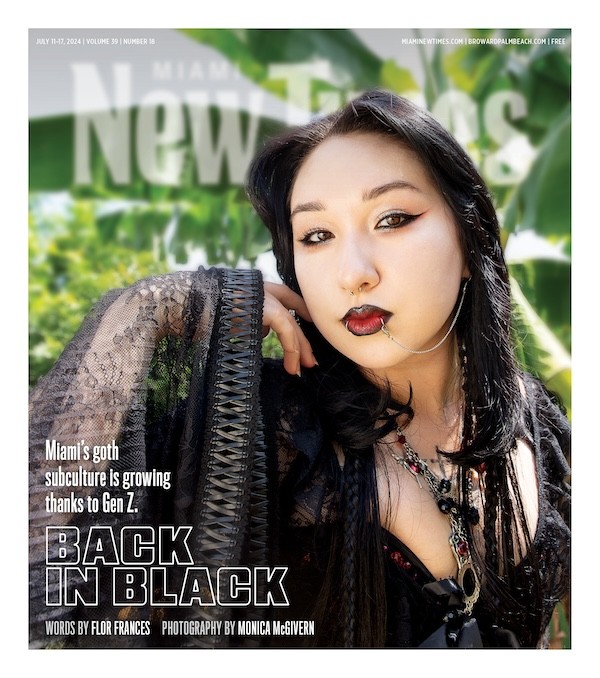This cozy Upper East Side Italian restaurant stocks an enviable selection of mid-price Italian and New World wines, all chosen with care by chef/owner Sandra Stefani. Browse the handsomely displayed wine wall with labels and prices clearly delineated, or consult the chef herself, who will kindly pair the appropriate quaff with her soulful Italian cooking. Depending on what you order, you could be drinking a $28 Argentine Malbec or a $36 white from Tuscany. Either way, it will match the rustic fare and atmosphere without impoverishing you, a refreshing change from the city's usual wine lists. And even better, there's not a stuffy "list" here. Just a wall.
Best Outdoor Dining
Loftin's at Casa Casuarina
First you have to walk past the history: those front steps. But by the time you are seated at one of the elegantly draped tables on the über-romantic courtyard terrace, replete with cobblestones and gurgling grotto pool, memories dissipate into the breezy, beautiful present. Even the most aphrodisiac of settings will wilt in the light of mediocre food, but not to worry: Chef Dale Ray's upscale Mediterranean cuisine leads passions through the stomach and to the heart via simply prepared, and simply delicious, eight-ounce portions of fresh seafood and prime cuts of meat — along with more complex combos such as a starter of lobster fricassee with gnocchi, foie gras, black truffle, and chanterelles. The average price for three generous portions is $65 to $75 (dinner only). As for that history? It's history. Be here now.
Best Seafood Restaurant
Area 31
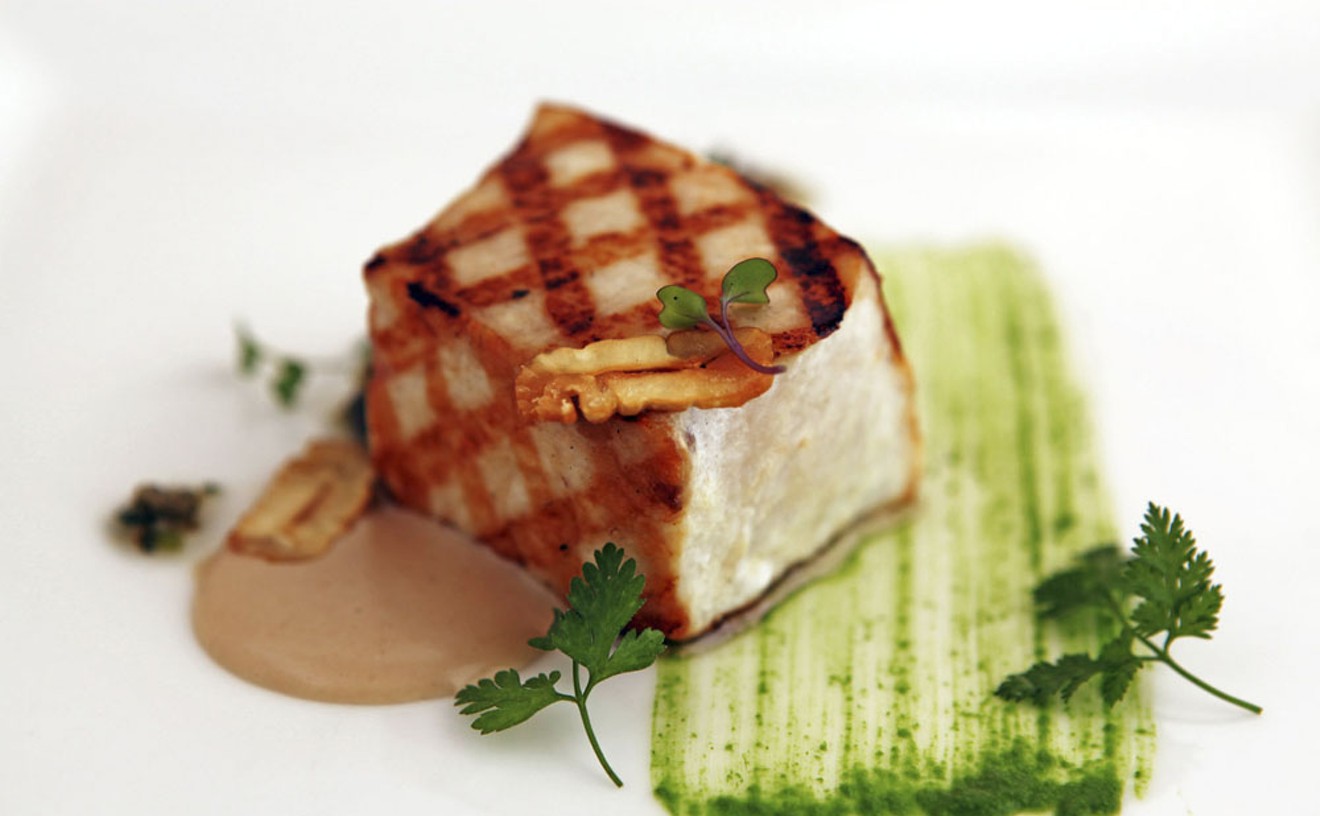
Pigs and chickens belong on farms; fish should come from bodies of water. Yet as our favorite seafoods are being grilled and pan-seared to extinction, more and more species are raised in huge, sinister, Matrix-like farms. Not the fish at Area 31. The restaurant takes its name and many of its products from Fishing Area 31, a United Nations-sanctioned, ecologically sustainable swath of the Western Central Atlantic Ocean. Chef John Critchley takes daily catches such as Spanish mackerel, mangrove snapper, corvina, and wahoo and sizzles them over a wood grill, with pristinely pure results. There are other worthy menu items, including a sensational salt-crusted dorade, a salad of octopus tossed with fried cubes of pork belly, and chitarra pasta with fried garlic and spicy crab. Most entrées are in the upper-$20 range. Area 31 is located on the 16th floor of downtown's new Epic Hotel and is open for all meal periods. The wine list is one of the smartest in town, the cocktails among the most creative, and the service smooth as an eel in water.
- 270 Biscayne Blvd. Way, Miami, 33131 Map
- 305-424-5234
- area31restaurant.com
Best Sushi
Bond Street Lounge

In 1965, Intel cofounder Gordon Moore stated that the number of transistors that could be placed on an electronic circuit board would double approximately every 18 months, a formulation now known as Moore's Law. It explains why every new laptop is exponentially faster than the one that came out last year — but not why they seem to break so much faster. It kind of makes you wish Moore had formulated a few more theories. In the 1990s, for instance, the Japanese restaurant industry could have a used a similar law stating that the average number of ingredients in a sushi roll would triple every 90 minutes, or that the price of a roll roughly corresponds to the Pynchonesque quality of its description on the menu. Or maybe Moore could have proven that the number of sushi rolls a person consumes in one year is inversely proportional to how many country-music singers he or she can name.
Not many sushi chefs have been capable of bucking the industry trends as well as Bond Street Lounge's Mike Hiraga, who for 17 years has kept the focus on the fish itself. Who needs "komodo dragon volcano sex tempura" when Bond Street's spicy tuna roll tastes as delicious as it does for only $11? How about a scallop and asparagus roll topped with spicy mentaiko caviar for only $10? The rest of the menu is just as refreshingly absent of allusions to frying, exploding, and mythical creatures and instead simply lists the high-quality ingredients themselves. Plus the restaurant's décor is streamlined and cozy, and the place is located in the ultra-stylish Townhouse Hotel in the heart of South Beach. Trendy doesn't have to mean flashy. There's a good law for you, Mr. Moore.
- 150 20th St., Miami Beach, 33139 Map
- 305-398-1806
- www.townhousehotel.com/bond.asp
Best Carpashimi
AltaMar Restaurant
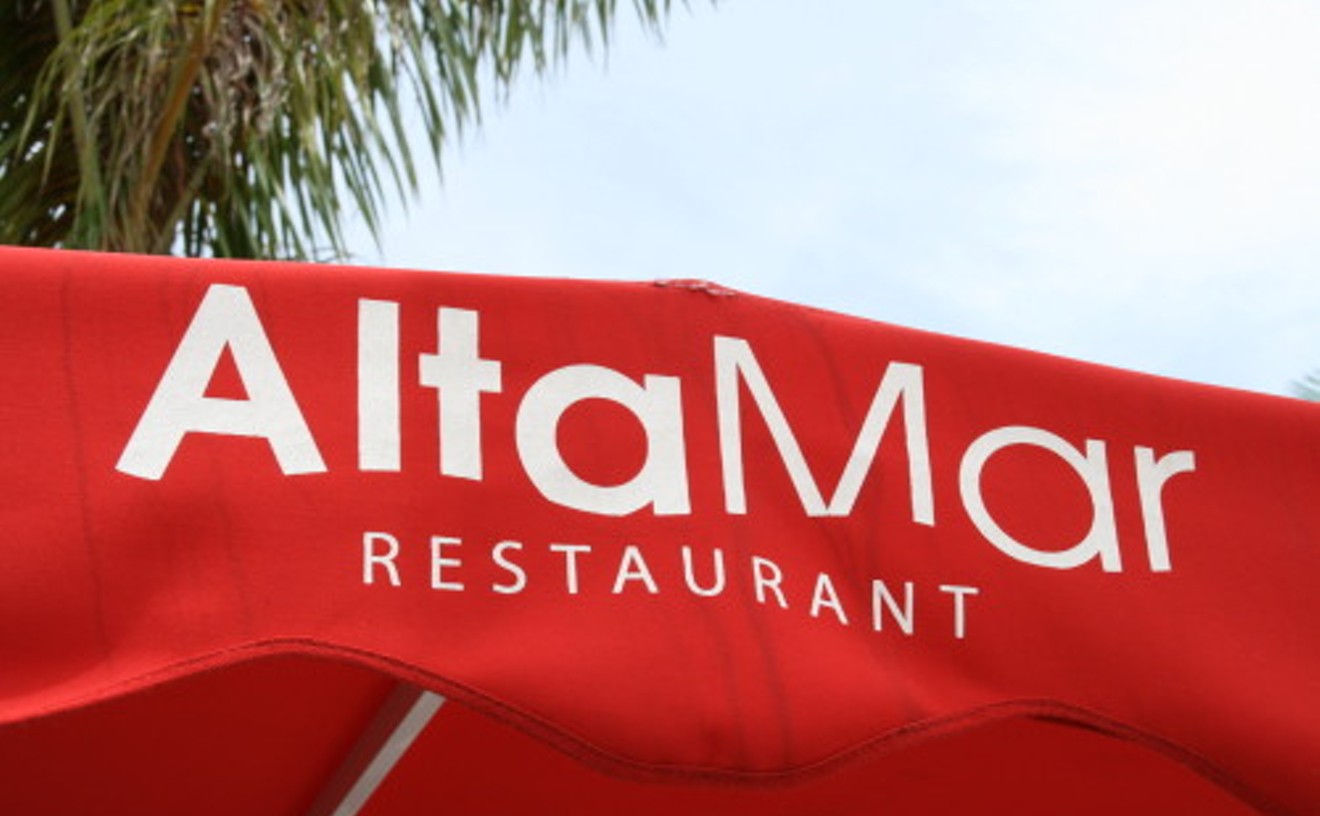
Carpashimi, as some of you might believe, is a chronic and painful condition of the wrist caused by excessive and prolonged use of chopsticks. Wait, that can't be right (damn you, Wikipedia!). Carpashimi, as some of you might have figured out, is a coupling of carpaccio and sashimi, and can be found at AltaMar Restaurant on the west end of Lincoln Road. The raw fish specialty comprises thin shavings and meaty slices of pristine tuna that dazzle with drizzles of sesame-soy-accented vinaigrette and devilish dabs of wasabi mayonnaise. A plate of the carpashimi costs $9 and is an ideal means of starting out your meal here (only thing better would be if AltaMar added minced, highly seasoned tuna and presented it as tartacarpashimi). The rest of chef/proprietor Claudio Giordano's menu is rife with some of the freshest local seafood around, prepared with expertise and priced under $30 (open daily for dinner only, 5 p.m. till midnight).
- 1233 Lincoln Rd., Miami Beach, 33139 Map
- 305-532-3061
- www.altamarerestaurant.com
Best Chefs
Cindy Hutson and Doug Rodriguez
Past honorees of this lifetime achievement-type award are Norman Van Aken, Mark Militello, Allen Susser, Pascal Oudin, Philippe Ruiz, Michelle Bernstein, and Michael Schwartz. This year's inductees fit right into this privileged pantheon of pioneering chefs, both having forged personal, South Florida-centric cuisines way back when. Doug Rodriguez's stint began in 1991 at Efrain Vega's original Yuca Restaurant in Coral Gables, which led to Nuevo Latino cuisine and its hundreds of imitators. In a city rife with Cuban eateries, Rodriguez was the first chef to adapt the traditional foods into lighter, prettier, and sometimes even tastier contemporary fare. After Yuca, he opened similarly themed restaurants of his own in New York and then came back with a few attempts at OLA; the present incarnation at the Sanctuary on South Beach is the best yet, his cooking as relevant as ever. Cindy Hutson created her Caribbean-based Cuisine of the Sun at Norma's on the Beach, from 1994 to 1999, and then honed the style at her Ortanique on the Mile in Coral Gables. Ten years later, the charming Ortanique is still packing them in and remains a singular oasis for tropical-accented cooking. Each of these chefs has succeeded in deftly translating Central and Latin American culinary traditions into delectable cuisines uniquely their own — and both continue to do so better than anyone else.
Best Restaurant for Eating Unrecognizable Foods
Enso
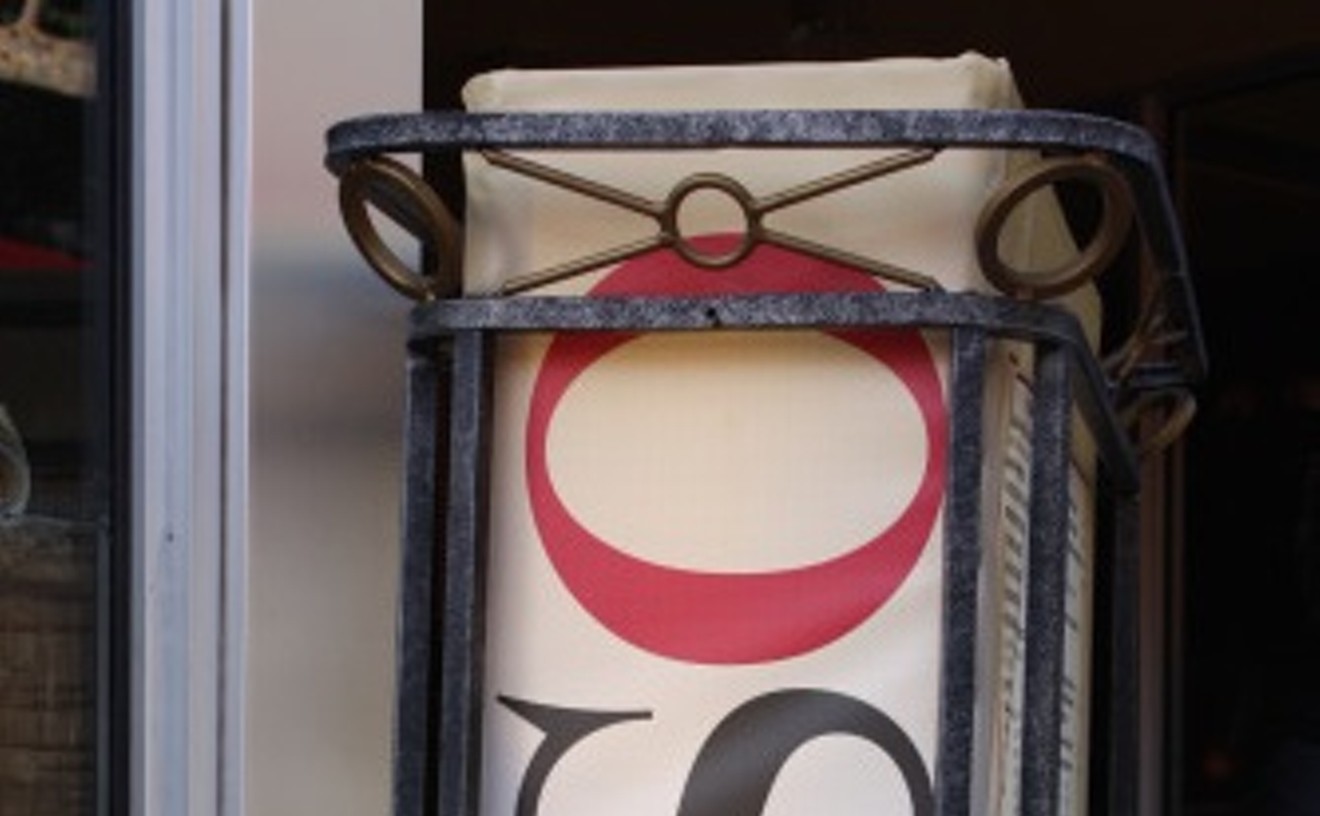
What might you not recognize? A martini glass that appears to be filled with water but is not; a giant pan-fried candy wrapper; bright red sheets on a bed of green and white foams. These are, respectively, clarified gazpacho — how'd they do that? — which tastes just like gazpacho; tuna "wrapped" in shiso leaf and soy paper and twisted on each end; Caprese salad composed of skinned, semidried fillets of tomato with basil and mozzarella foams. It's all on the "gastronomy map" (i.e., menu) at Enso, an "evolutionary solutions workshop which creates the scientific study of deliciousness" (i.e., restaurant). Sous vide veal tongue with octopus chimichurri is up for grabs as well, and so is chocolate liqueur topped with strawberry "air" (i.e., light foam). What could be as surprising as the forms the foods take? How delicious they are. Plus it's fun when you don't quite know what's coming next, and always a pleasure to dine outdoors on Lincoln Road. Dinner entrées splash down in the $30 to $40 range. If you start with some sushi (which is what is mostly served at lunch) or cocktails from the chic bar, you'll be looking at a steep bill — something all too recognizable on South Beach.
- 433 Lincoln Rd., Miami Beach, 33139 Map
- 305-534-3676
Best Places for Cheap Downtown Lunches
Matahari Cafe and Thai Churros
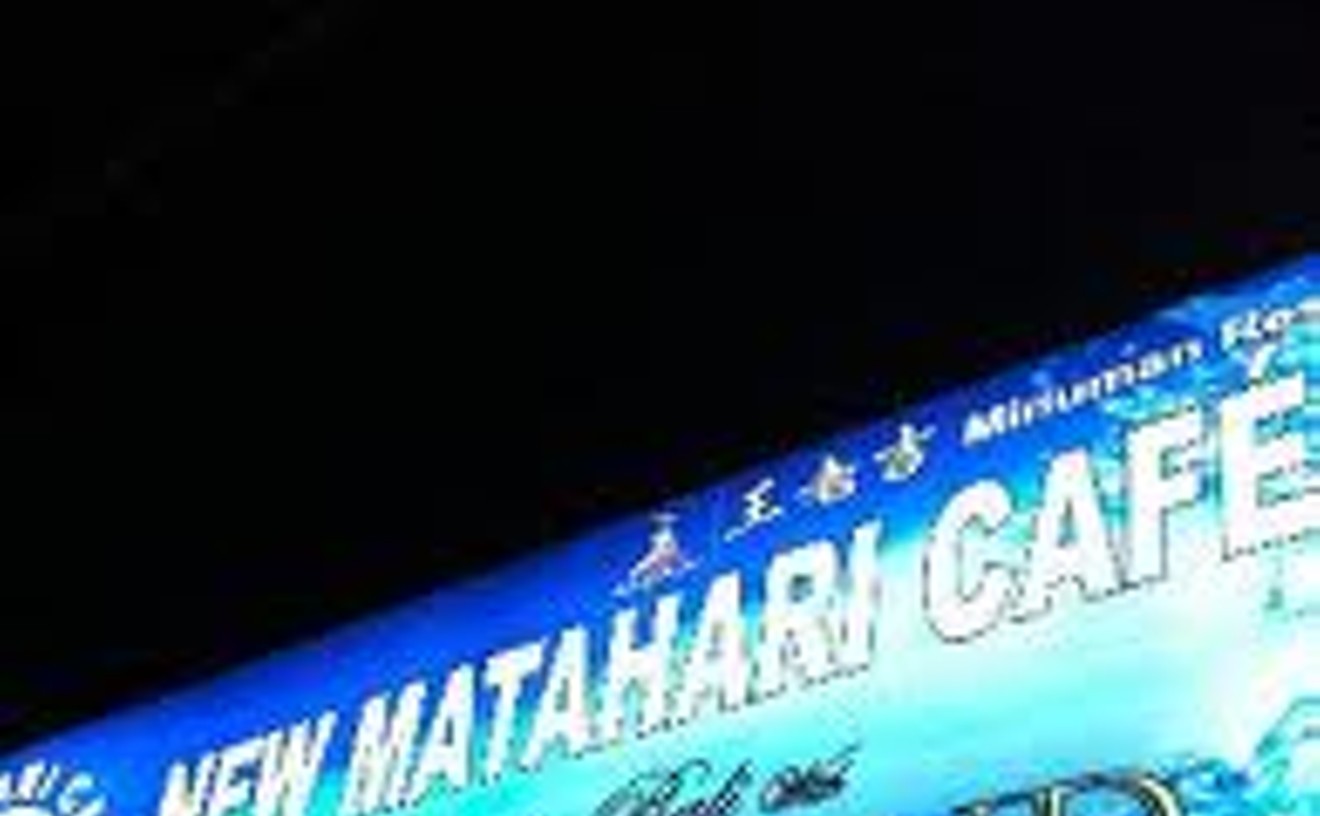
Miami's downtown dining environment has leaped forward in just the past few years — during the daytime, that is. And while it isn't difficult to find a fine lunch for less than a ten-spot, it would be quite a challenge to cop better plates of food for that sum than the ones encountered at these two recently installed hole-in-the-wall restaurants. Pakorn "Peter" Phansuwana's 16-seat Thai Churros serves zesty, home-cooked staples such as spicy seafood salad, tom yum soup, pad thai, beef in basil sauce — all $6.95 or less for lunch, and $9.95 or less at dinner (open daily 11 a.m. to 9 p.m.). Dibyo Kasiyadi, a former cruise worker from Jakarta, caters to his former industry mates and those lucky downtowners who have discovered his Matahari Café. They cram into the petite eatery each day (except Tuesdays, when it's closed) until 4 p.m. for the $5.99 lunch special (cash only), which brings a choice of Indonesian specialties such as grilled skewers of chicken or pork saté with peanut sauce, or chili-and-coconut-steeped beef rendang — each accompanied by a mound of steamy rice. Why take a Subway when for the same price you can catch a flight to Thailand or Indonesia?
- 40 NE 1st Ave., Miami, 33130 Map
- 305-379-3677
- www.mataharicafe.com
Best Restaurant Comeback
Chef Allen's
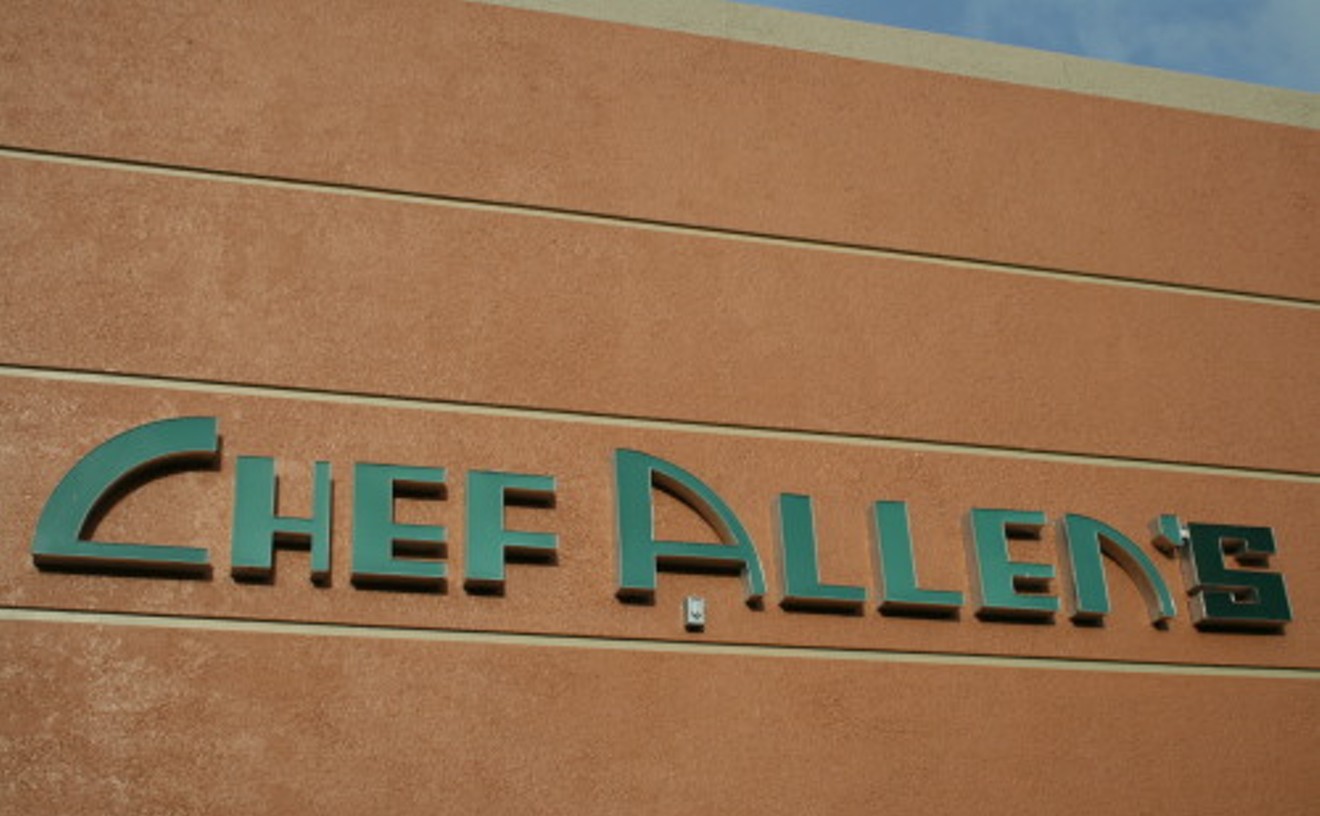
Not that Allen Susser's namesake restaurant ever fell very far, but like any establishment that earns institutional status, it adopted the common complacency of success. But after last year's interior refurbishment, the room feels more relevant, and so does the revamped cuisine. Now tabbed a "modern seafood bistro," the place puts emphasis on local, sustainable fish and produce plated in smaller portions and at lower prices than before (most main courses are just $24 to $28 and come with vegetable or starch). Amen. The Susser touch is still magical, as evidenced by Manchego-accented shrimp and grits "brûlée" or seared swordfish fillet ingeniously matched with smoked almonds, chanterelles, and Pinot Noir pan sauce. In fact, the food seems more alive than ever. For a seasoned veteran such as Susser to have staged so sensational a turnaround... well, all we can say is, check the man for steroids!
- 19088 NE 29th Ave., Aventura, 33180 Map
- 305-935-2900
- www.chefallens.com
Best Last Meal on Earth
Andu Restaurant and Lounge
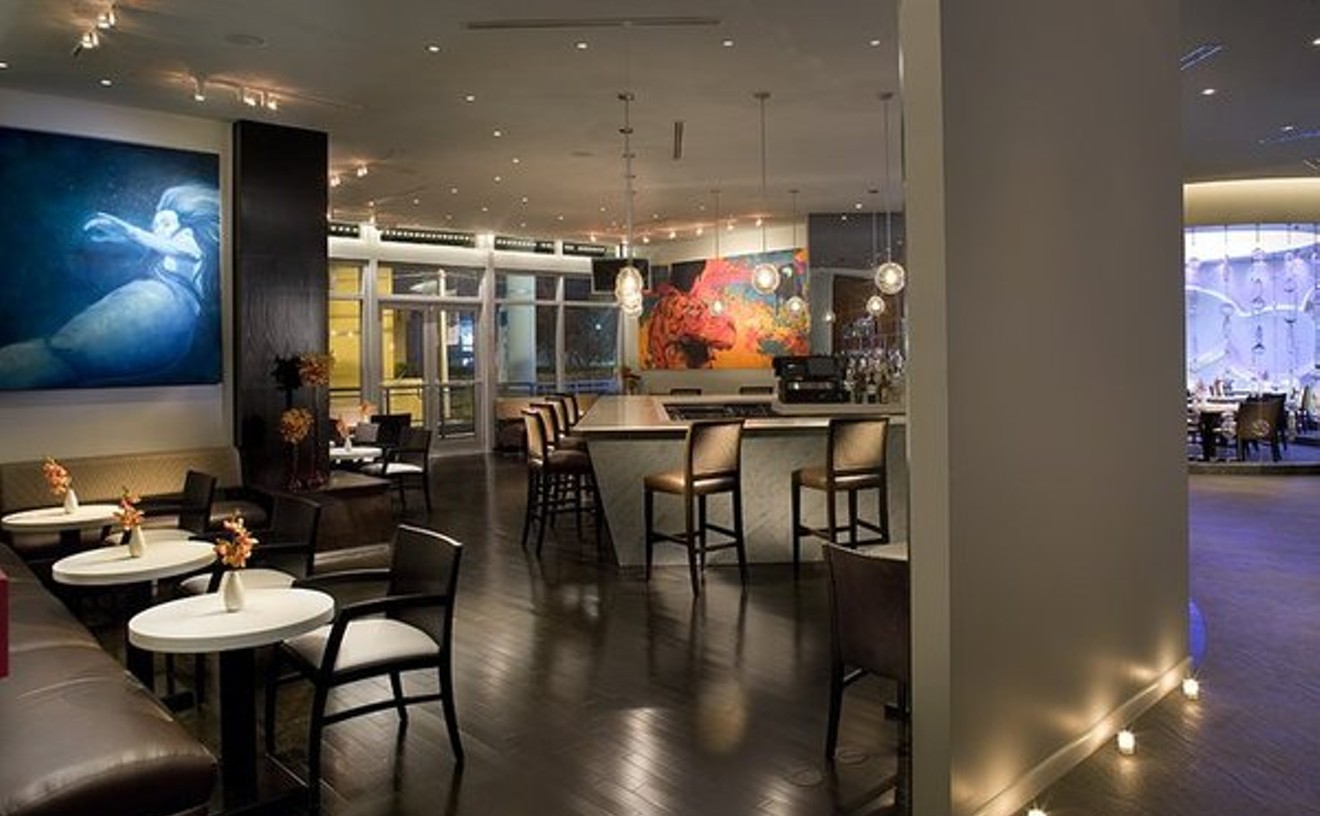
According to ol' Bill Shakespeare: "Tomorrow and tomorrow and tomorrow creeps in this petty pace from day to day" and then you die. But before you leave this mortal coil, make sure to eat at Andú Restaurant and Lounge. It brings the fine flavors, spices, meats, and cheeses of the Mediterranean, North Africa, Spain, and Italy to the ground floor of Brickell's Neo Vertika building. Who cares? You do, sucka. Imagine this is your last meal; put it on plastic and tell Capital One to kiss your bass, 'cause you're going out in style. Andú is a sexy joint with a casual vibe where you can get tipsy on signature cocktails infused with chef-prepared herbs or fruit purées. Sample the many exotic flavors of the fine cuisine, knock back a few desserts, and holler at one of the many young business professionals doing the same. Each meal opens with complimentary hors d'oeuvres as well as warm, sliced pita coated with herbs and olive oil and ready to dip in house-made hummus. Dishes put a new spin on old favorites. Think that light and incredibly tender calamari appetizer is made from tired old squid? It's actually delicious cuttlefish, served with Meyer lemon brown butter ($15). Had cedar plank salmon? Try it with cherry mustard glaze ($24). Want a thick, juicy steak? These aren't dry-aged; they're marinated in the cow's own blood ($32). Rumor has it that the interior designer behind the dining room's beautiful and inviting hand-blown glass art concept died of a heart attack on the restaurant floor. He had a smile on his face. His last meal on Earth. Andú, of course.
- 141 SW 7th St., Miami, 33130 Map
- 786-871-7005
- www.facebook.com/group.php?gid=2224752891




